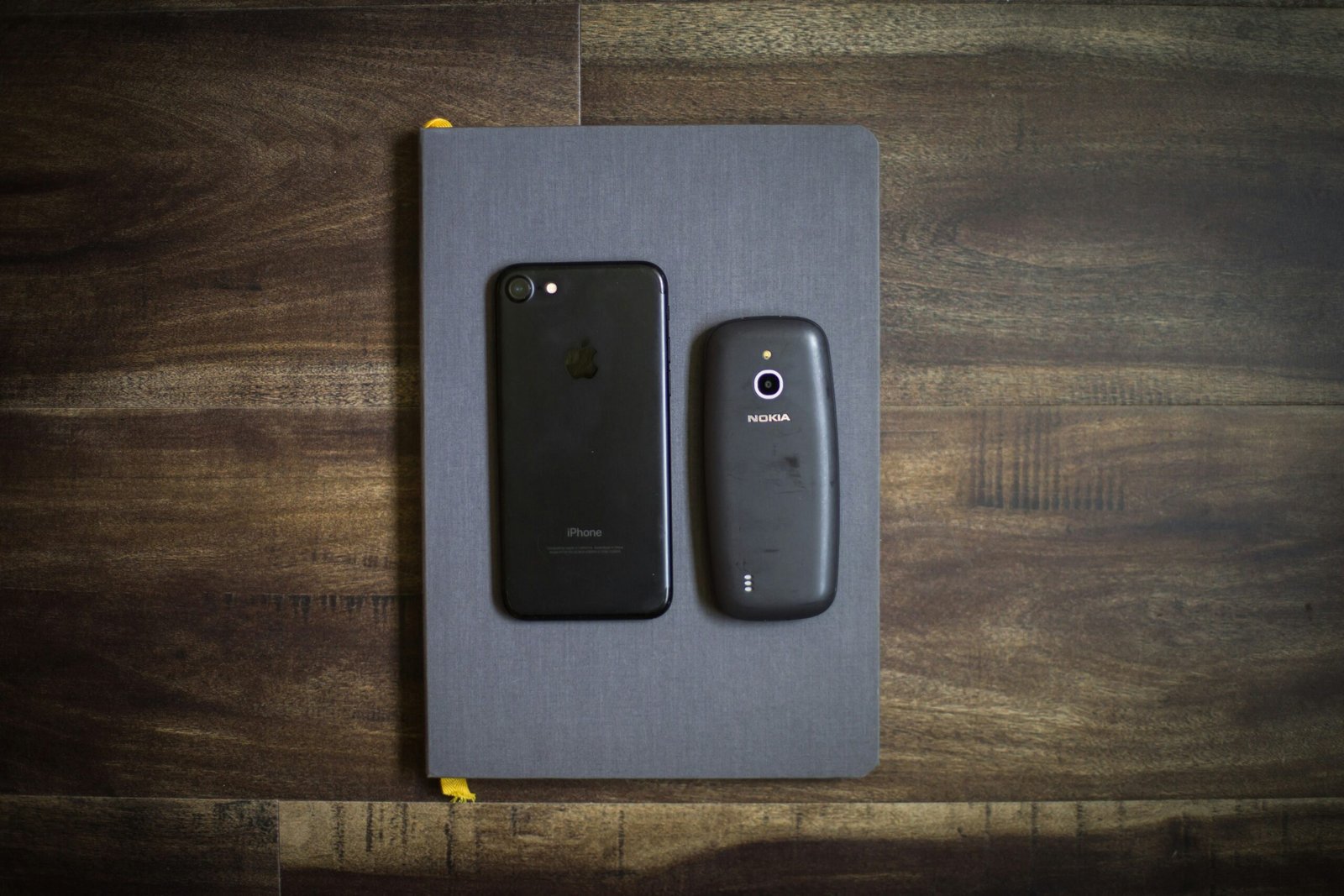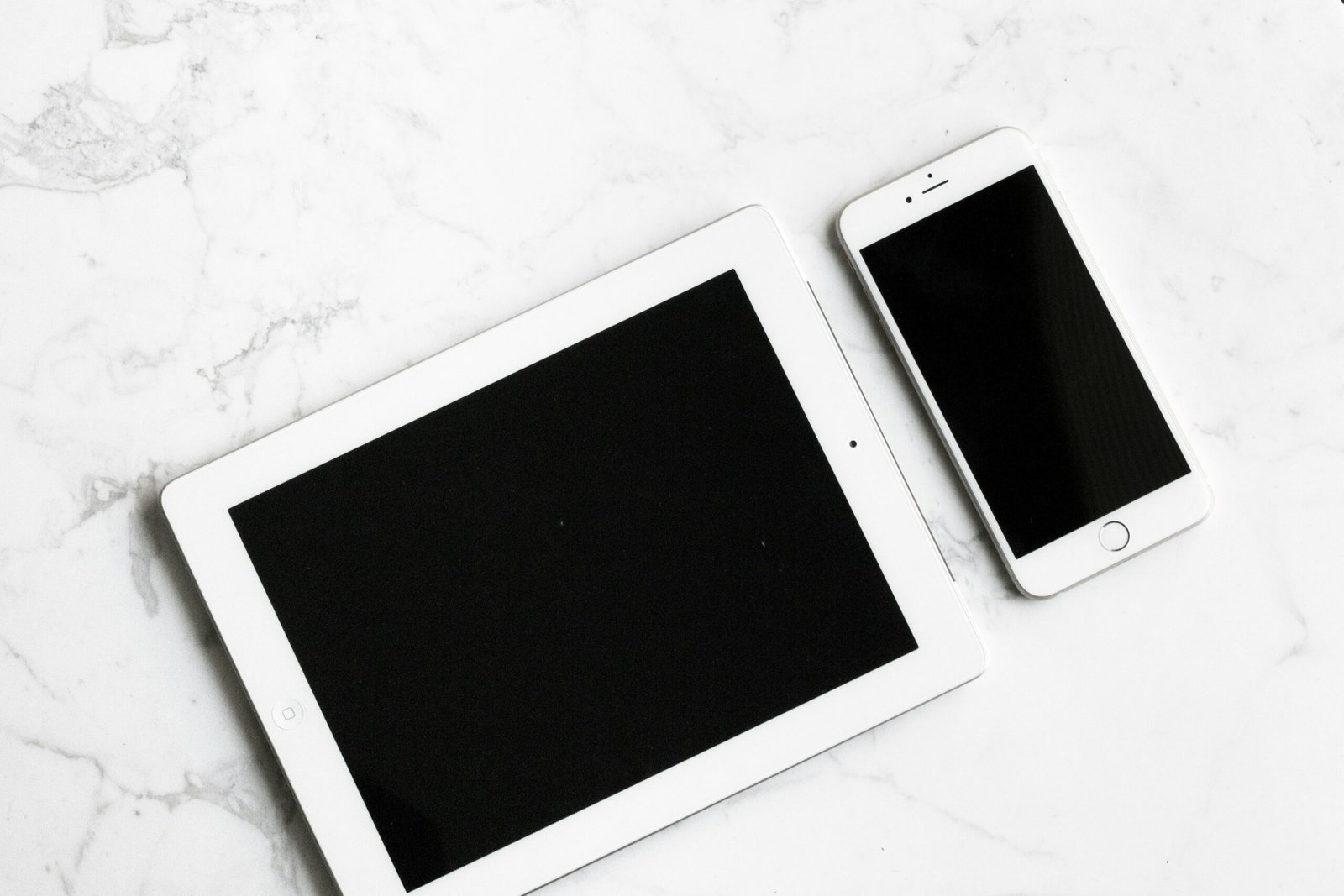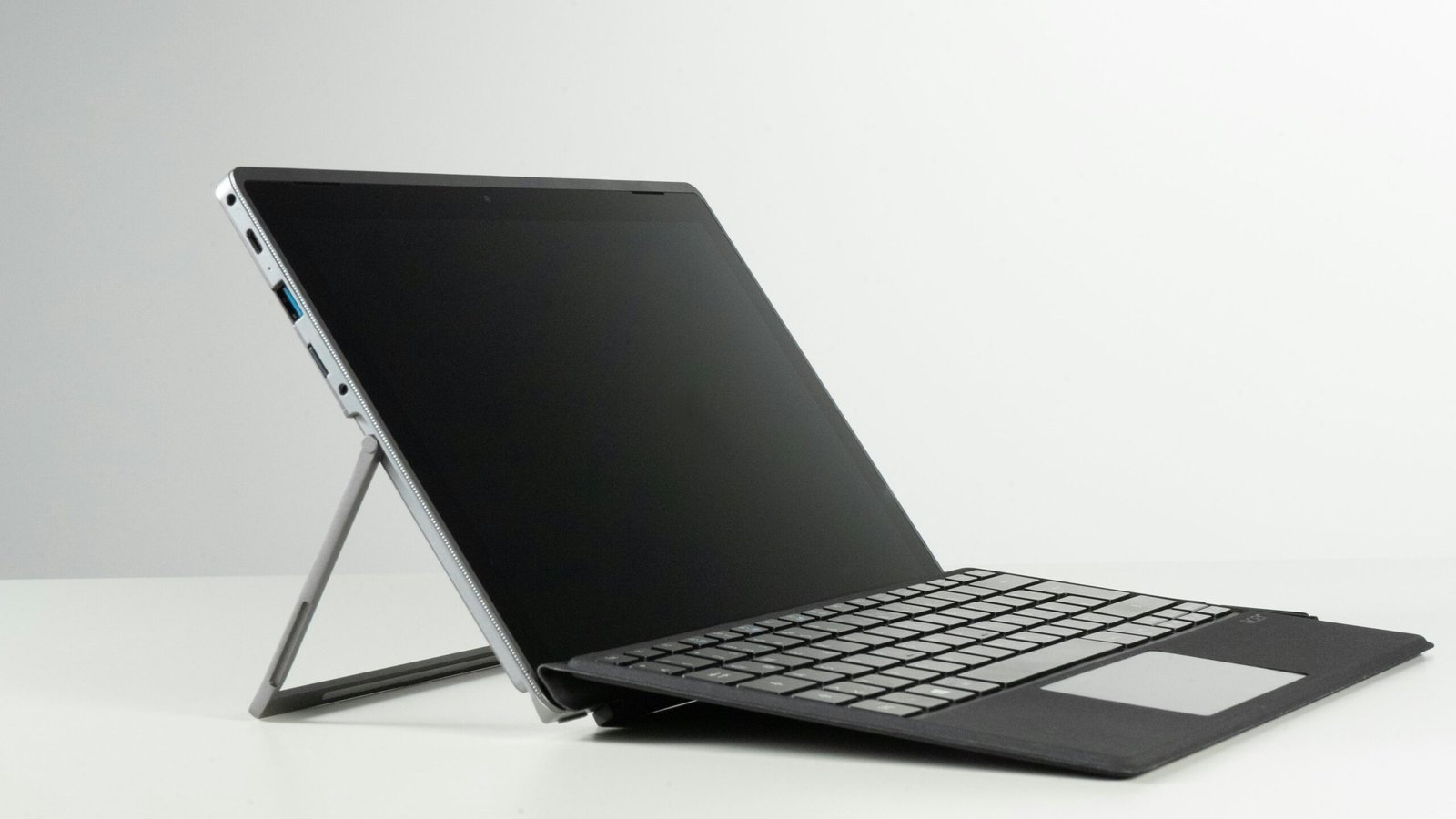The Nokia Lumia series holds a prominent place in the history of smartphones, known for its distinctive design and user-friendly interface. Launched in 2011, the Lumia line was largely seen as an innovative step in the mobile phone market, characterized by its vibrant colors and high-quality cameras. Upon release, it signaled Nokia’s ambitious move to establish a strong foothold in the smartphone arena, specifically through its partnership with Microsoft and the inclusion of the Windows Phone platform. This strategic collaboration helped differentiate the Nokia Lumia from competing devices, allowing it to attract a dedicated user base.
Throughout its evolution, the Lumia series introduced several unique features that aimed to enhance user experience, such as the Live Tiles interface, which dynamically updates information on the home screen. Additionally, the Nokia Camera application received praise for its capabilities, offering users exceptional photo quality—especially in low-light conditions—setting it apart from other gadgets in the market during that period. With options available in varying price ranges, the Lumia series catered to both budget-conscious consumers and those seeking a premium smartphone experience.
Despite halting production of new models, the legacy of the Nokia Lumia remains relevant, especially as users reminisce about its capabilities and aesthetic appeal. As we evaluate the Lumia’s position in the smartphone industry of 2025, it is important to consider both the technological advancements that have emerged since its heyday and the brand’s enduring reputation among loyalists. Thus, the discussion will focus on what aspects of the Nokia Lumia could still be appealing to today’s tech-savvy consumers and how it compares with leading devices like the latest iPhone.
Key Features of the Nokia Lumia
- Beautiful 4.5 inch ClearBlack, IPS LCD Display 480×854 resolution 221 ppi
- 8 GB storage 512 MB RAM Expandable Memory
- 5.0 MP Camera with 720p HD Video and Autofocus
The Nokia Lumia stands out in the smartphone market thanks to its distinctive design and user-friendly interface. The sleek, polycarbonate body not only provides a modern aesthetic but also ensures durability, making it an attractive option for users seeking a reliable gadget. Available in a variety of vibrant colors, the design of the Nokia Lumia is customizable and appealing, catering to different tastes.
Camera capabilities are among the most notable features of the Nokia Lumia. Equipped with impressive lens technology, including Carl Zeiss optics, the phone offers high-quality photography experiences. With advancements such as optical image stabilization (OIS) and exceptional low-light performance, the Lumia allows users to capture stunning images and videos, setting a benchmark in smartphone photography. The camera interface is intuitive, making it easy for users to navigate through various settings to achieve desired results.
The operating system of the Nokia Lumia, primarily based on Windows, contributes significantly to its performance. This platform offers a seamless user experience, with live tiles providing real-time updates and easy access to essential applications. Moreover, regular software updates enhance functionality, while ensuring security, which is vital in today’s digital landscape. This commitment to user satisfaction is one of the reasons the Nokia Lumia remains a formidable competitor against other smartphones like the latest iPhone.
Battery life is another critical feature worth mentioning. The Nokia Lumia often boasts a long-lasting battery that competes well with other smartphones, promising up to a full day of use on a single charge. This reliability appeals to users who prioritize longevity in their devices. Additionally, features like fast charging provide added convenience, making it easier for users to stay connected throughout the day.
In summary, the Nokia Lumia distinguishes itself with a combination of design, camera capabilities, an efficient operating system, and impressive battery life, all of which contribute to its reputation as a formidable option in the smartphone market for 2025.
Reasons to Consider the Nokia Lumia in 2025
The Nokia Lumia series has long been recognized for its unique blend of affordability, usability, and durability. As we approach 2025, these characteristics remain compelling reasons to consider this gadget, particularly for specific user demographics. First and foremost, the price point of the Nokia Lumia makes it an attractive option for budget-conscious consumers. In a market increasingly dominated by high-priced smartphones, the affordability of the Lumia enables a broader audience access to essential smartphone features without the premium costs associated with more high-end devices, such as the latest iPhone models.
Simplicity in use is another factor that elevates the Nokia Lumia as a practical choice for a varied user base, including seniors and those who prefer straightforward devices. The Lumia’s user interface is intuitive, making it easy to navigate essential applications and features. This design philosophy resonates particularly well with users who prioritize functionality over complex features. The ability to seamlessly access calls, messages, and a select range of apps ensures that users can stay connected without the distractions often found in more elaborate smartphones.
Durability is yet another aspect where the Nokia Lumia shines, with many models featuring robust materials that can withstand everyday wear and tear. For users concerned about the longevity of their gadgets, the reputation of Nokia in producing hardy smartphones is a decisive point. Furthermore, the support for essential applications means that users can perform tasks vital for daily life without needing the latest and most powerful hardware. Whether it be for communication, social media, or simple web browsing, the Lumia remains equipped to handle such tasks efficiently.
These key factors align to make the Nokia Lumia a viable choice for users seeking a reliable and functional smartphone in 2025.
Comparative Analysis: Nokia Lumia vs. Latest iPhone
When evaluating the Nokia Lumia and the latest iPhone, a comprehensive examination of various factors is essential to determine which smart phone better meets the needs of consumers in 2025. Key elements to consider include pricing, performance, operating systems, app ecosystems, and overall user experience.
First, let’s address pricing. The Nokia Lumia typically occupies a more affordable range compared to the latest iPhone, which is often positioned as a premium device. This cost differential can be a significant factor for consumers on a budget who are searching for a reliable gadget without excess spending.
In terms of performance, both devices offer unique advantages. The Lumia, powered by Windows, provides a robust experience for users who prefer a seamless integration with Microsoft’s suite of applications and services. On the other hand, the latest iPhone tends to utilize advanced hardware optimized for iOS, resulting in efficient performance for tasks ranging from gaming to multitasking. The iPhone generally excels in graphical capabilities and processing power, which can be crucial for demanding applications.
Operating systems also play a pivotal role in user experience. The Nokia Lumia operates on Windows, which has been noted for its straightforward, user-friendly interface. However, it has faced challenges in terms of app availability compared to the iOS platform. iOS boasts a more extensive library of apps, ensuring that users have access to the latest and most popular software offerings, which can significantly enhance the smart phone’s usability.
Finally, the user experience with each device can differ greatly. While Lumia tends to cater to users who appreciate a simple UI and integration with Microsoft tools, the latest iPhone appeals to a wide audience through its diverse features, premium build quality, and frequent software updates. In conclusion, both devices have strengths and weaknesses, making the choice largely dependent on individual preferences and priorities.
The Target Audience for Nokia Lumia
As we delve into the target audience for the Nokia Lumia in 2025, it’s essential to understand who would gravitate towards this particular smart phone. The Nokia Lumia has carved out a niche that appeals to several demographics, particularly those seeking budget-friendly options without compromising on essential features. In a market dominated by high-priced gadgets, the Lumia’s affordability makes it an attractive choice for students, young professionals, and families who may prioritize functionality over excessive luxury.
Another segment of the target audience includes users who appreciate the simplicity and user-friendliness of the Windows Phone operating system. For individuals who may not be tech-savvy or who prefer a straightforward interface, the Lumia offers an intuitive experience that makes smartphone usage accessible. This focus on usability is a significant selling point for older consumers or those transitioning from basic mobile phones to more advanced gadgets.
Moreover, the Nokia Lumia effectively addresses specific needs, positioning itself perfectly for niche markets. For example, professionals who require a reliable device for productivity may find the integration of Microsoft services and applications beneficial. This smart phone provides an ecosystem that caters to those who utilize Office applications, ensuring seamless document editing and collaboration capabilities on the go. Additionally, users who prioritize camera quality without requiring the latest smartphone model can find satisfaction in the Lumia’s photography features, designed to capture excellent images in various conditions.
In conclusion, the Nokia Lumia appeals to diverse user groups ranging from budget-conscious consumers to those who appreciate simplicity and specific functionalities. This multifaceted target audience positions the Lumia as a viable option in the evolving smartphone market of 2025.
User Opinions and Expert Reviews
The Nokia Lumia series has garnered a range of opinions from both everyday consumers and tech experts alike. Users have praised the Nokia Lumia for its solid build quality and user-friendly interface, which contribute to an overall positive smartphone experience. A majority of users find the Windows Phone operating system to be intuitive, allowing for seamless navigation and access to essential applications. Many have highlighted the phone’s camera capabilities, particularly in low-light conditions, which tend to outperform several other gadgets in its price range.
On the other hand, some users express concerns regarding software support and availability of apps, particularly as competitors like iPhone have a wider ecosystem. While the Nokia Lumia boasts a unique aesthetic and functionality, critics note that certain applications often lag behind in performance when compared to their iOS counterparts. This sentiment reflects broader concerns from users about the longevity of the Windows Phone platform amidst rapidly evolving smartphone technology.
Expert reviews often underscore a dichotomy between functionality and popularity. Tech reviewers emphasize the Lumia’s competitive pricing and solid hardware specifications, yet many question the long-term viability of the phone in 2025 and beyond. Given that numerous flagship smartphones continually emerge, some experts regard the Nokia Lumia as a suitable choice for budget-conscious consumers but caution regarding its potential limitations in app diversity and updates.
Despite mixed feelings, overall ratings from both consumers and experts indicate that the Nokia Lumia’s advantages could outweigh its challenges for the right user. As discussions progress surrounding its place in the market, the opinions voiced reaffirm its status as a unique contender in the smartphone landscape. Ultimately, whether it is the right gadget for an individual largely depends on personal preferences and technological needs.
Future Prospects of the Nokia Lumia
As technology continues to evolve, the smartphone market remains highly competitive, with brands constantly vying for consumer attention. The Nokia Lumia, once a popular player in this arena, faces both challenges and opportunities as we look towards 2025. One of the crucial aspects of the future for the Nokia Lumia is software support. With ongoing advancements in mobile operating systems, the ability to receive timely updates is paramount for any smart phone to remain relevant. Nokia has shown a commitment to its existing user base by providing various updates, which can enhance the longevity of the Lumia devices in a rapidly changing technological landscape.
Another significant consideration is the potential for new iterations of the Nokia Lumia. While the market currently leans heavily towards brands like Apple and Samsung, Nokia holds a unique position with its legacy of quality and durability. Should the company decide to launch a new Lumia model that integrates contemporary design elements, cutting-edge technology, and user-focused features, it could attract a dedicated fan base eager for an alternative to mainstream offerings. Emphasizing unique attributes—such as a robust build, superior camera capabilities, or enhanced security measures—could further differentiate the Nokia Lumia from its competitors.
Moreover, the smartphone ecosystem is currently saturated with a variety of gadgets that cater to every niche, but the Lumia brand could focus on specific target demographics to reclaim some market share. By capitalizing on its strengths, such as brand loyalty and customer support, Nokia can carve a space where it competes effectively against more dominant players. The key will be to innovate while staying true to its heritage. In conclusion, the Nokia Lumia may still have a promising future if it strategically adapts to current trends and consumer demands, thereby proving itself as a viable option for smart phone users in 2025.
Conclusion: Is the Nokia Lumia Worth It?
After an extensive exploration of the Nokia Lumia and its features in the context of 2025, it becomes clear that the decision to purchase this smartphone will largely depend on individual needs and preferences. The Nokia Lumia boasts certain features that resonate well with a specific segment of users, particularly those who value reliability and a straightforward interface. Its unique design and user-friendly operating system can appeal to individuals who prefer simplicity over the complexities often associated with modern smartphones.
In comparing the Nokia Lumia to the latest iPhone offerings, it is evident that while the Lumia provides essential smartphone functionalities, it may lack some of the advanced features and performance capabilities that newer models, like the iPhone, offer. The iPhone’s robust ecosystem, enhanced camera technology, and cutting-edge hardware tend to outpace the Nokia Lumia in several aspects. However, for users who do not require state-of-the-art specifications and instead prioritize basic communication and essential applications, the Nokia Lumia remains a viable option.
Additionally, budget considerations play a pivotal role in this evaluation. The Nokia Lumia is likely to be available at a more accessible price point compared to flagship iPhones. This makes it an attractive option for those seeking a cost-effective gadget that still performs essential functions. In conclusion, potential buyers should weigh their personal requirements, budget, and technology expectations when determining if the Nokia Lumia is a suitable phone for 2025. For those who desire an affordable and reliable phone without the complexities of high-end devices, the Nokia Lumia may very well be worth considering.
Explore Your Smartphone Options
Choosing a smartphone is an essential decision that can significantly impact your daily life. As technology evolves rapidly, the market is filled with various options, each catering to different needs and preferences. The Nokia Lumia, renowned for its user-friendly interface and reliable performance, may appeal to those looking for a gadget that combines functionality with affordability. However, it is critical to evaluate your specific requirements, as the best phone for one individual may not suit another.
When considering a device like the Nokia Lumia for 2025, think about what features matter most to you. Whether it’s a high-quality camera, processing power, or an extensive app ecosystem, these factors can guide your decision-making process. The Lumia’s design and features stand in contrast to more mainstream offerings like the latest iPhone, creating a diverse marketplace for consumers. If you value a straightforward experience with adequate performance, the Nokia Lumia presents a compelling case.
Engaging in conversations with friends, family, and online communities can also provide valuable insights into the advantages and disadvantages of various smartphones. We encourage you to share your thoughts, as well as your experiences with the Nokia Lumia or other devices, in the comments section. Such discussions can help potential buyers make informed decisions about their next gadget.
Furthermore, it is advisable to physically explore options at local stores or online platforms. Hands-on experience allows for a better understanding of how the Nokia Lumia operates and how it may fit into your lifestyle. Overall, keeping both your preferences and practical needs in mind will enable you to find a phone that is not just a temporary solution, but a device that enhances your everyday life.






